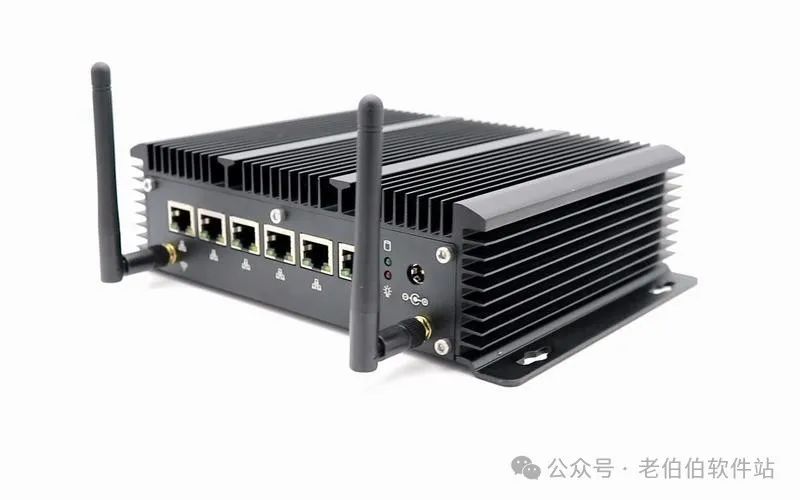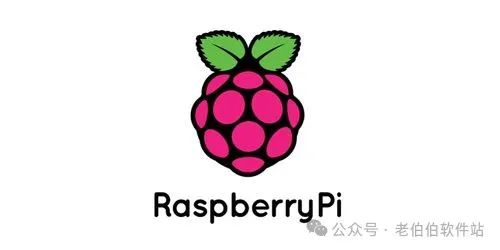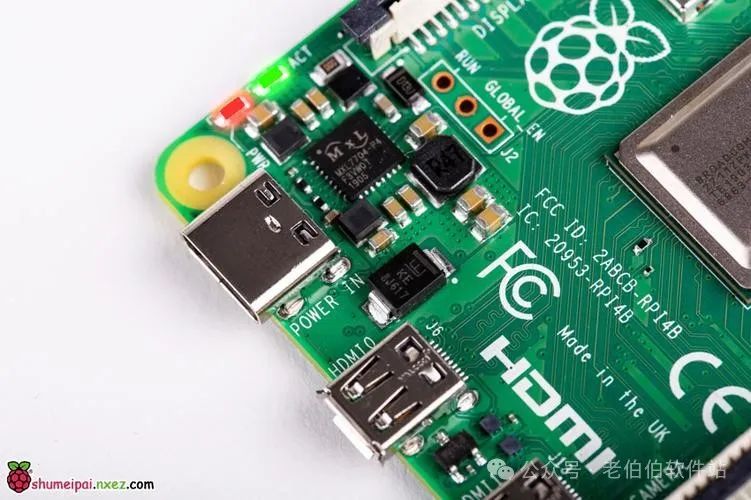Exploring the World of Embedded Linux: Basic Setup and Simple Application Development
Embedded Linux, as an efficient, stable, and widely applicable operating system, has become an indispensable technological cornerstone in many fields. Whether in consumer electronics, networking devices, automotive electronics, or industrial control, embedded Linux plays a crucial role. This article mainly introduces the basic setup of embedded Linux and simple application development, aiming to help beginners get started quickly.
1. Basics of Embedded Linux
1.1 Introduction to Embedded Linux
Embedded Linux refers to the Linux operating system running on embedded systems. Compared to traditional desktop or server versions of Linux, embedded Linux is lighter and can run efficiently on resource-limited embedded devices.

1.2 Why Choose Embedded Linux
-
• Openness and Flexibility: The Linux open-source community offers a wealth of software resources, allowing for the free selection and customization of required components.
-
• Stability and Reliability: The stability and reliability of the Linux system have been validated through years of practice, making it suitable for long-term running embedded applications.
-
• Support for Various Hardware Platforms: Linux can support a variety of hardware platforms, from low-power ARM microcontrollers to powerful x86 processors.
2. Basic Setup of Embedded Linux
2.1 Hardware Selection
The first step in developing embedded Linux is selecting the appropriate hardware platform. Currently, popular embedded Linux hardware platforms on the market include Raspberry Pi, BeagleBone Black, etc. These hardware platforms provide rich interfaces to meet various development needs.

2.2 Setting Up the Development Environment
Setting up the development environment includes installing the cross-compilation toolchain and flashing the firmware on the development board. Taking Raspberry Pi as an example, Raspbian can be used as the development environment; it is a Debian system optimized for Raspberry Pi.
2.3 Basic Configuration
Configuring the embedded Linux environment mainly involves system time zone, network settings, and installing necessary software packages. For example, you can install software packages using the apt-get command:
sudo apt-get update
sudo apt-get install vimThis way, you can use the Vim editor for development.3. Application Development on Embedded Linux
3.1 Introduction to Development Tools
When developing embedded Linux applications, various programming languages can be used, such as C, C++, Python, etc. The choice of language depends on project requirements and the developer’s familiarity. For instance, C language is commonly used for developing embedded Linux applications due to its high execution efficiency.
3.2 Simple Application Development Example
To demonstrate how to develop applications on embedded Linux, we will illustrate with a simple example—the LED blinking program. In this example, assume we have an LED that can be controlled via GPIO on the hardware platform.
#include <stdio.h>
#include <unistd.h>
#include <sys/ioctl.h>
#include <fcntl.h>
int main() {
int led_fd = open("/dev/gpioled", O_RDWR);
if(led_fd < 0) {
perror("Failed to open device");
return -1;
}
while (1) {
// Turn on LED
ioctl(led_fd, 1);
sleep(1);
// Turn off LED
ioctl(led_fd, 0);
sleep(1);
}
close(led_fd);
return 0;
}This code controls the LED’s on and off by accessing the device file /dev/gpioled. The LED blinks every second in a loop.

4. Conclusion
Mastering embedded Linux development requires not only theoretical knowledge but also extensive practice. Through hands-on practice, one can deepen their understanding of the working principles of embedded systems and gradually improve their ability to solve complex problems. I hope this article can serve as a starting point for your exploration of the world of embedded Linux, leading you to discover more of its wonders.
If you like my content, feel free to give a thumbs up and follow me. See you next time!
